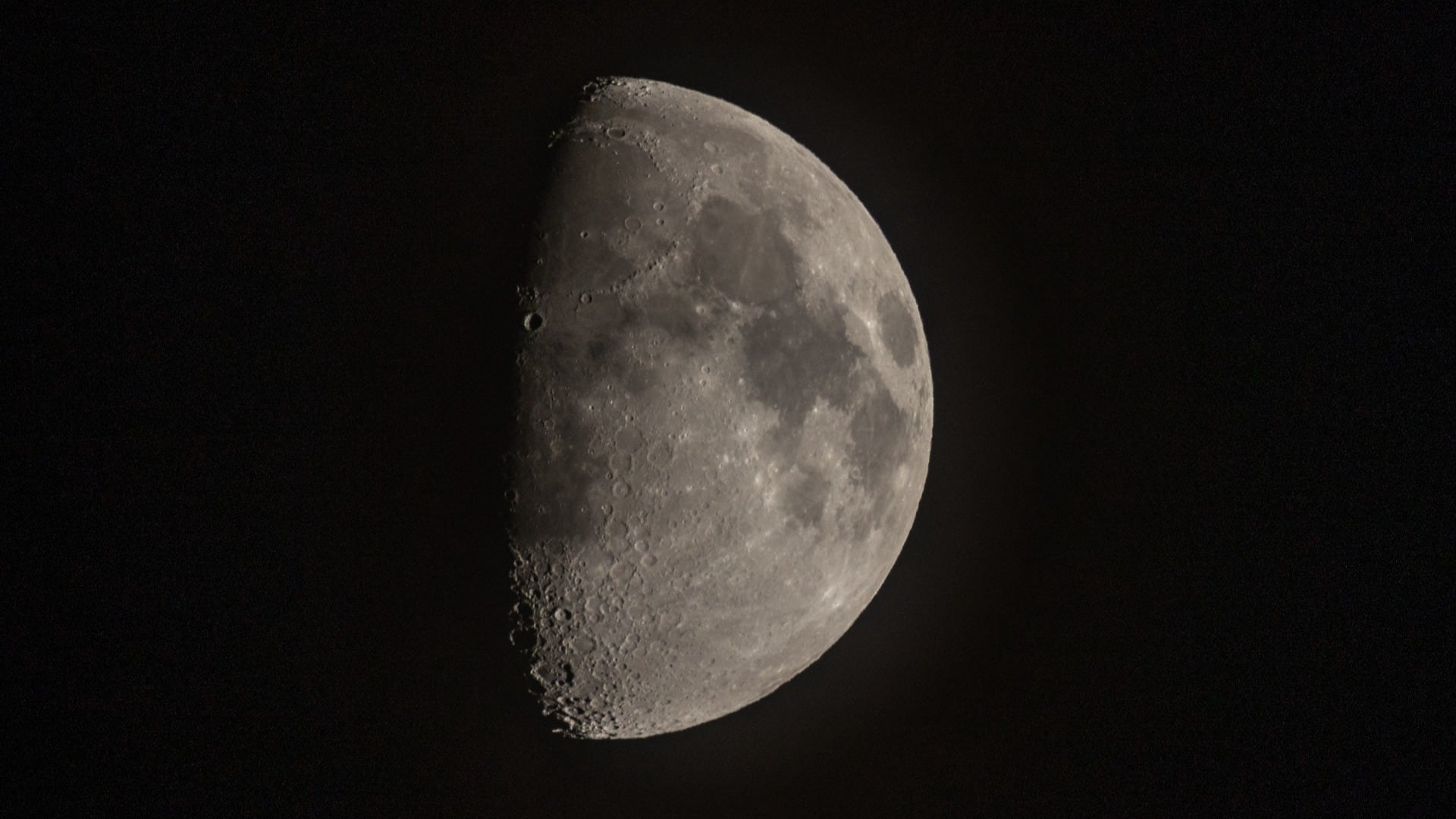By Marcia Dunn
NASA’s newest X-ray observatory rocketed into orbit Thursday to shed light on exploded stars, black holes and other violent high-energy events unfolding in the universe.
SpaceX launched the spacecraft on its $188 million mission from Kennedy Space Center. It’s called IXPE, short for Imaging X-ray Polarization Explorer.
Scientists said the observatory — actually three telescopes in one — will unveil the most dramatic and extreme parts of the universe as never before.
“IXPE is going to open a new window on the X-ray sky,” Brian Ramsey, NASA's deputy principal scientist, said this week.
Operations should begin next month. NASA is partnering with the Italian Space Agency on the project.
Be Well: Key Stretches to Consider Before Your Workout
A scientist at the University of California, Riverside is designing an emoji-based measurement system to aid communication between patients and doctors, arguing they could be particularly useful for patients who cannot speak.
Thousands of dead fish washed up ashore in southwest Texas.
Only 1 in 4 residential treatment centers for teens offers a recommended medicine for opioid addiction, according to a study that exposes an important gap in care.
Be Well: Understanding Infertility and Weighing Options to Start a Family
Be Well: Building Strength, Cardio and Mindfulness at 'The Class'
The NASA Artemis 3 mission in 2025 plans to investigate whether microorganisms may have survived in the moon's permanently shadowed craters .
According to NASA, a "potentially dangerous" asteroid about the size of a bridge narrowly passed Earth on Monday.
A New Hampshire mountain known for its extreme weather conditions has recorded its snowiest June in 91 years of recordkeeping.
Be Well: Improve Your Flexibility With These Chair Exercises












